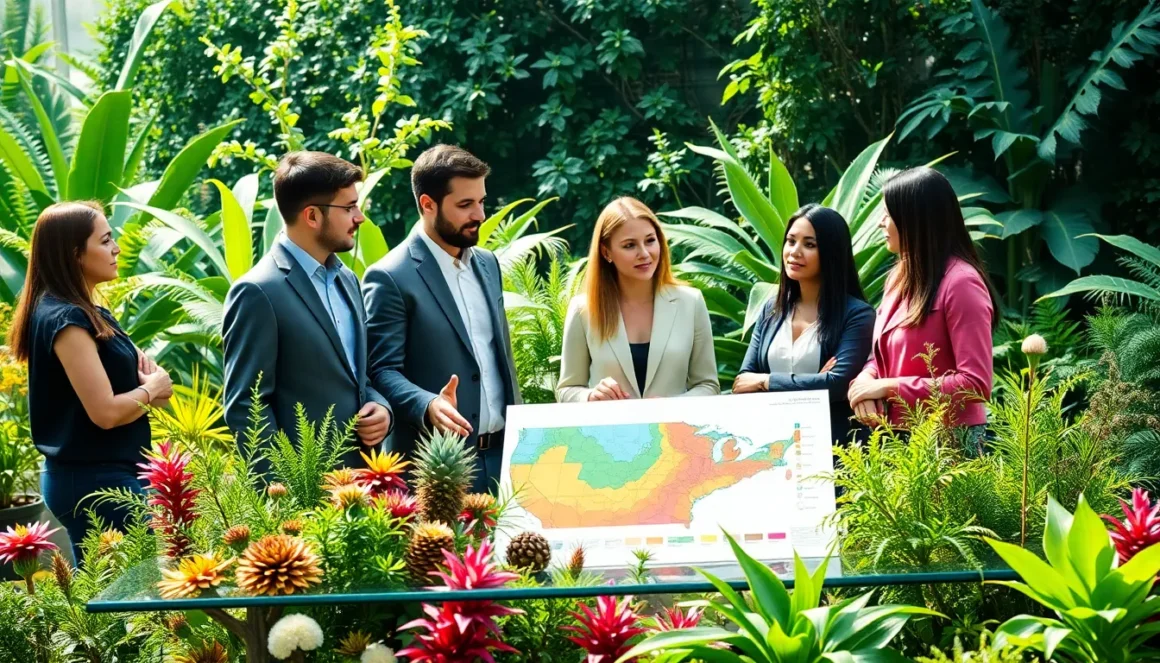If you think plants are just pretty decorations, it’s time for a reality check. Plant conservation is the underdog of the environmental movement, quietly holding the keys to our planet’s survival. From sneaky little weeds to towering redwoods, plants play roles that go far beyond our Instagram feeds. Ready to dig deep into the world of plant preservation? Buckle up, because this journey might just change how you see the green around you.
/ /savingtheplants.com

Understanding Biodiversity
Plants form the backbone of biodiversity, laying the groundwork for ecosystems that support countless forms of life. They provide habitat, oxygen, and food for wildlife, and also contribute to crown jewels of earth’s genetic diversity. Losing even one species can lead to a domino effect, disrupting entire ecosystems. A decline in plant diversity could mean fewer pollinators, reduced soil health, and increased carbon emissions. Plant conservation is about protecting not just the plants we see but all the connections that keep our world thriving.
Threats To Plant Species
Unfortunately, plant species are under siege from various threats. Habitat destruction from urban development and agriculture relentlessly erodes their natural homes. Climate change adds another layer of urgency, as fluctuating temperatures and erratic weather patterns affect growth cycles. Invasive species often sneak in, outcompeting native plants. These threats do not just endanger plants but affect everything dependent on them, from the tiniest beetle to the largest predator. Without intervention, we risk losing these silent heroes of our planet.
Benefits Of Plant Conservation
Methods Of Plant Conservation
Various methods to conserve plants exist, ranging from establishing protected areas to conserving seeds. Botanical gardens play a vital role, acting as living libraries of plant diversity. Meanwhile, seed banks safeguard genetic material for future use, ensuring that if a plant species goes extinct in the wild, it can be reintroduced later. Innovative strategies, such as rewilding, are reviving natural environments, allowing ecosystems to restore themselves. The methods may vary, but the goal remains the same: to keep plant diversity alive and flourishing.
Community Involvement In Conservation Efforts
Community involvement strengthens conservation efforts and fosters a shared sense of responsibility. Local gardening clubs often mobilize to promote native plants, making landscapes more resilient. Workshops can teach techniques like propagation or restoration: every hand helps in the fight to protect plants. Community gardens encourage biodiversity at a societal level, turning mundane spaces into green sanctuaries. Empowering local voices also creates a groundswell of support that can lead to larger systemic changes.
Role Of Technology In Plant Conservation
Case Studies Of Successful Conservation
In the amazing intersection of technology and conservation, examples abound illustrating its revolutionary influence. Drones monitor vast expanses of land, gathering data to protect endangered plants. In the forestry sector, remote sensing technology analyzes tree health and growth patterns, enabling targeted conservation efforts. Numerous organizations use genetic analysis to understand plant populations better. With advancements in biotechnology, researchers are even exploring CRISPR technology to enhance plant resilience to climate change. Each case underscores how melding innovation with conservation offers immense potential to safeguard planet greenery.
How To Get Involved With Saving Plants
Getting involved in plant conservation is accessible for everyone. Start small: join local initiatives and attend workshops that focus on native plants and restoration projects. Volunteering at botanical gardens or environmental organizations offers practical experience while contributing positively to ecosystems. Future conservationists can also advocate by educating friends and families about the importance of plants. Educational resources online can empower individuals to be part of the solution. Every step taken, no matter how small, adds up to significant change.


